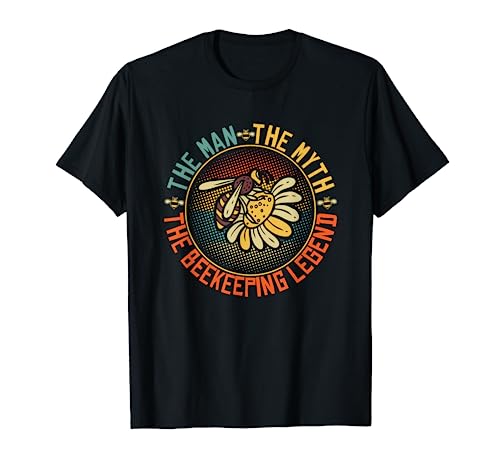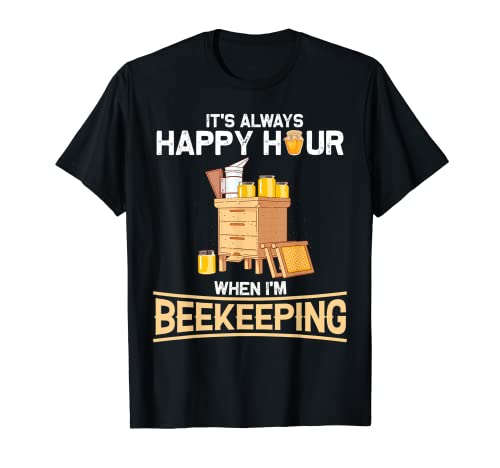....that is the question!
Hi everyone,
I am very keen to start keeping bees. I have read quite a few books and have met one of the local beekeepers over here. I'd like some advice on what hive to get, and I'm interested in the Beehaus.
Some things to consider:
1. I live in Alderney, where the bees are completely free of mites and disease
2. Alderney is only 1.5 x 3 miles in size, so I will probably never move them
3. Even the well built houses here have some condensation problems
4. I'm not looking to keep bees for the sake of getting honey. I'll enjoy keeping them, but to me they are pollinators first and honey producers second; and the honey is theirs. I will consider the honey I take as a bonus.
I asked the local beekeeper what he thought about the Beehaus and plastic hives in general, and he said I'd probably get condensation problems, too much moisture in the hive etc.
He uses the Rose OSB method and thinks it's great. I've been reading about that method and can see the appeal, but like the Beehaus, you don't have to search very far to find negative comments.
So if anyone would like to take the time to give me some advice, I'd really appreciate it.
Also, does anyone have their hive in a garden that small children play in all the time? I can put the hive in a corner that they never venture into they'd probably never come within 5 metres of it. Would that be a problem? Should I site it elsewhere? I have a few options.
And one more stupid question - what's the best way to make sure the bees have a water supply? Fresh water sources are non existent here.

















































